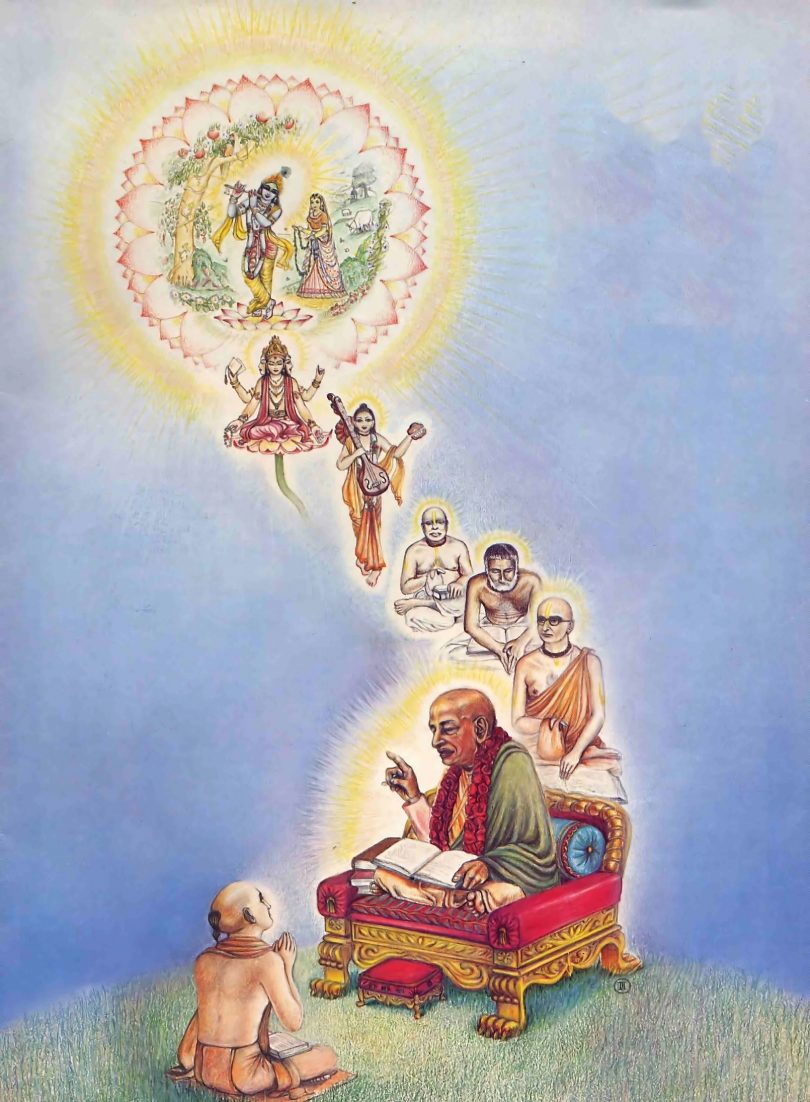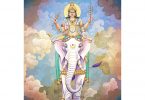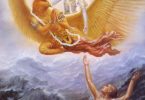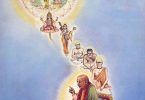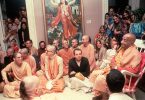Q. Going through a discussion on Bhagavad-Gita, we discussed regarding “Why Krishna had to start a new parampara?” During the discussion we encountered many complex understandings. Krishna says in beginning of Bhagavad-Gita Chapter 4, He chose Arjuna as the first one to get the knowledge of Bhagavad-Gita for the new parampara. Now our concerns are:
Q1: If Arjuna is the first one to receive Bhagavad-Gita in new parampara, why his name is not mentioned in disciplic succession as Srila Prabhupada mentioned 32 names for disciplic succession of Bhagavad- Gita?
Q2: In the disciplic succession mentioned by Srila Prabhupada, Brahma is the first one to receive the knowledge from Krishna. Are the texts exactly the same with what we have in Bhagavad-Gita As It Is or only the essence (meaning) is the same? If the texts are same then did Krishna tell Brahma about Mahabharata?
Q3: Vyasadev is the one who wrote Bhagavad-Gita. Did Mahabharat actually take place or was it just Vyasadev’s realization or vision? Or did Vyasadev get As It Is from Narada?
Actually all these questions lead us to confusion as we cannot understand the connections.
Answer by Romapada Swami: All of these questions are answered if the underlying understanding about the system of ‘parampara’ is clear. The parampara is an unbroken chain of disciplic succession where each member transparently represents the previous teachers without adding, deleting or modifying the parampara message with their personal agenda. The parampara is not just a series of “parrot-like” transmitters, but faithful representatives who can impart realized transcendental knowledge to their students in a manner suitable to their understanding.
Undoubtedly, the Bhagavad-gita text itself is preserved as it is. But more importantly the charge of the parampara is to preserve the essential meaning of the text as intended by the original speaker, Lord Krishna Himself. As Srila Prabhupada said, “No obscure meaning should be 4-screwed out of (the text).”
It is not difficult to conceive how, even when the original text is preserved, the meaning of the words can be grossly misunderstood or even completely eclipsed by the interpretations of a speaker motivated by anything other than the desire to exclusively represent the speaker’s interest. This is practically demonstrated in the myriad different interpretations on Bhagavad-Gita. Prabhupada qualified his translation as Bhagavad-gita “As It Is” not because it was a lexicographic translation but because this edition is completely faithful to its original speaker Lord Krishna and His message as handed down by the succession of acharyas.
By the same principle, it follows that the spiritual master is not *necessarily literally* the one from whom we may have heard the recitation of Gita, but he who imparts the understanding and realization of transcendental knowledge within the disciple’s heart (as happens when one reads Srila Prabhupada’s books).
With that understanding in place, we can now look at the history of the Bhagavad-gita’s being written.
Vyasadeva’s spiritual master was Narada, and yet he personally witnessed the entire episode of the Battle at Kurukshetra, a true historical event. Vyasadeva himself was physically involved in many events in the Kuru dynasty. Although not personally present at the battle scene, he had access to the events at Kurukshetra just as, by his mercy, Sanjaya had access to witness the battle from Dhritarashtra’s quarters. Along with Arjuna, Vyasa was also simultaneously the recipient of the Gita which he recorded and transmitted through his disciples. He should be known as tri-kalajna, or one who is conscious of time past-present-future.
Since the time of the Vyasa’s compiling Mahabharata and Bhagavad-gita, it has been handed down to us through the mercy of his direct disciple Madhvacarya, in whose line came Lord Caitanya and his followers up to Srila Prabhupada; this particular lineage of disciplic succession is mentioned in the beginning of Bhagavad-gita As It Is.

